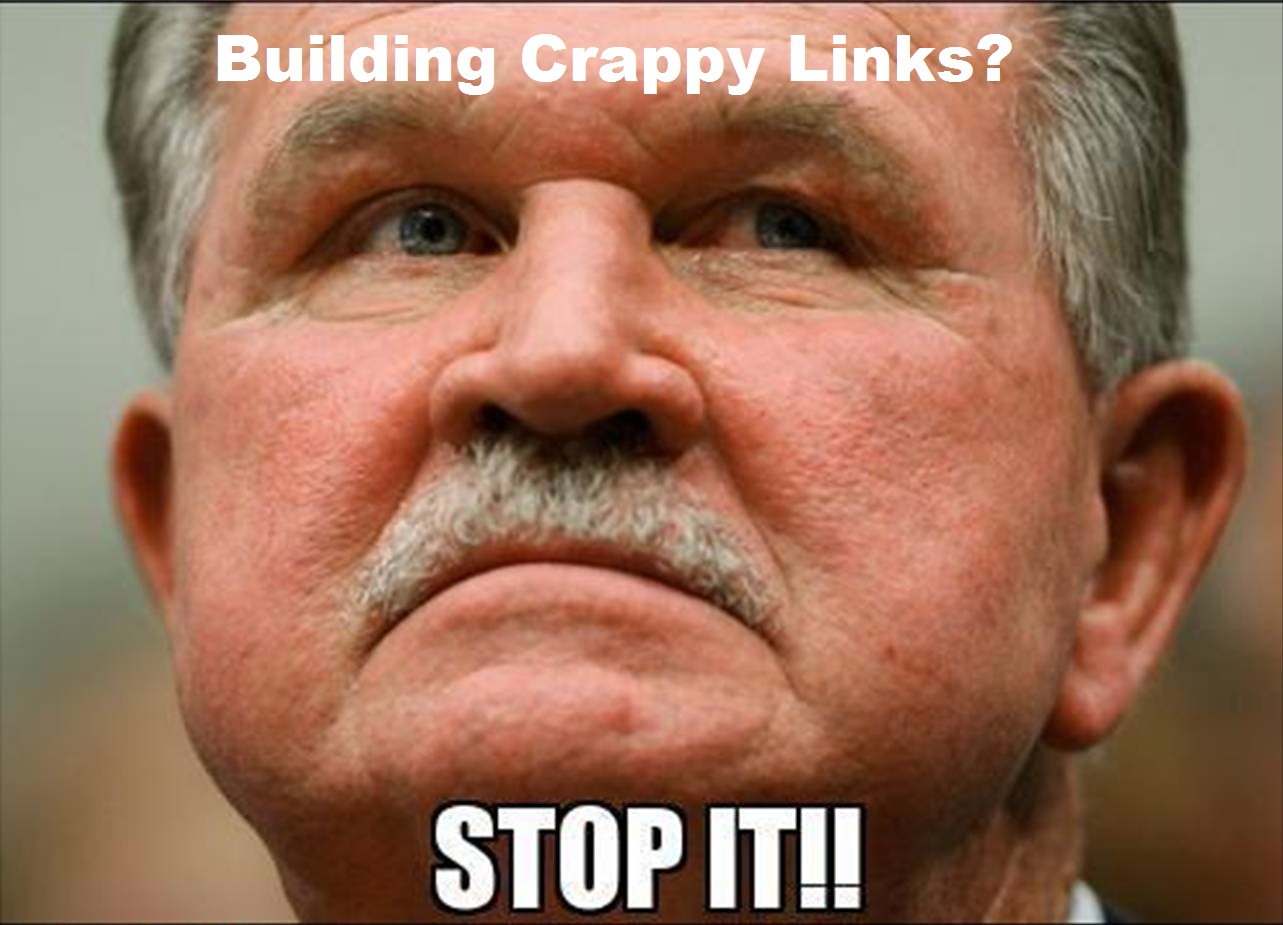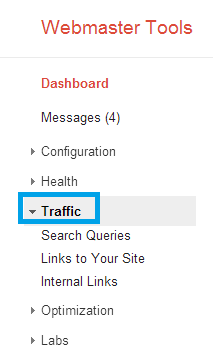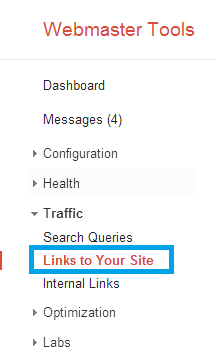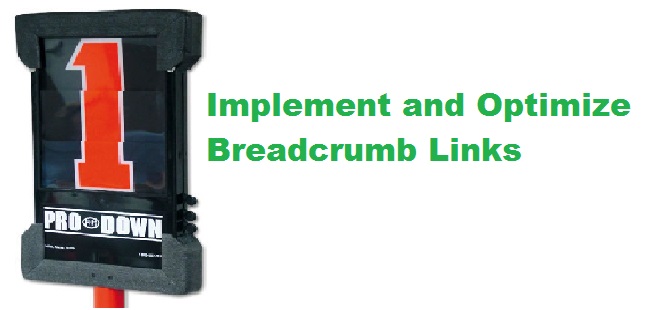How to Break Free from Crappy Link Building by Maximizing the Impact of Internal Links (in 3 downs…)

One of the factors that restricts the creativity of link builders, and thus the quality of the links they build, is the idea that those links must point to a particular set of pages using a particular set of anchor text. When this is the mentality, we see things like deep links and keywords in blog comments, blog posts containing unnatural anchor text to irrelevant pages, and all of the other crap that makes the web worse. If we understand the various ways to maximize the impact of our internal links, we can break free from those crappy link building chains and begin implementing link building techniques based more on creative ideas and content and less on dropping links to irrelevant pages using spammy anchor text.
I’ve talked about optimizing your breadcrumb links before on this blog, but let’s now touch on this technique as it relates to link building. For many sites, the home page will be optimized for the most competitive, and typically highest volume keywords. This is because the home page of a site is almost always the most powerful in terms of page authority, Page Rank, or however else you want to measure it, making it the best page to optimize for the most challenging keywords. By optimizing your breadcrumb links, you are automatically linking to your home page from every page of your site, in whatever anchor text you choose.
Implement
If your site is on WordPress, implementation of breadcrumb navigation links is as easy as installing a plugin. I prefer Yoast’s breadcrumb plugin.
If you’re site is custom HTML, I can’t give you much good advice because I have little to no coding or development skills, but I did find this post on automating breadcrumb navigation using a combination of Javascript, CSS and HTML.
Optimize
This part is simple. Just make sure that the anchor text you are using contains 1) a good description of the home page of your site and 2) a description that contains variations of the keyword phrases you are optimizing for.
So now the question becomes, how do you make these breadcrumb links, and all of your internal links, valuable?
Imagine if, instead of focusing your efforts on building a bunch of half-assed links to your home page or other internal “static” pages with exact match anchor text, you instead focused your energy on writing really good blog posts and then sharing them across your social networks? Even if you only get the links that result from sharing the post on G+, your blog’s feed, Twitter, and so on, you are still passing legitimate authority to that post, which is then passing authority to your home page via the breadcrumb link, with optimized anchor text!
Then, imagine if you actually do attract a natural link or two? You just built an awesome, optimized link to your home page without actually building a link. Also, it doesn’t have to stop with the breadcrumb link to your home page. Link to other related internal pages or posts from your awesome piece of content, and spread that (optimized) link love around. Imagine how much easier this strategy is to sell to your client, or boss, or whoever, than forum profile creation and directory submissions.
There is no excuse not to do this because it is too freakin’ easy. Here’s how to find your most linked to pages, and then exploit them:
1. Log in to Webmasters
2. Navigate to your site’s dashboard
3. Click “Traffic”:

4. Click “Links to Your Site”:

5. Find your most linked-to pages:

6. Drop some links on those pages!
These can come in the form of a “related pages/posts” section, in-content links to relevant pages, suggested reading, etc. A good example on our site is our scholarship page. We have some great links pointing at that page (due to a creative link building idea) and we can leverage that link juice to enhance the performance of other, less linked-to pages.
The point
The point of all of this is that if you understand how to maximize the impact of your internal links (beyond standard internal linking best practices) you can stop building crappy links. I used to hate going home from a day of work knowing that all I had done was drop a bunch of links using spammy anchor text on “do-follow” blogs. But because I now understand how to maximize the impact of my internal links, I can pursue creative link building ideas that I can be proud of, and more importantly, that get the job done.


